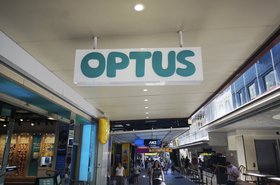Damage to the Svalbard submarine cable was likely man-made but unintentional, according to Norwegian police.
Ronny Jørgensen, Police lawyer at Troms police district told Bergens Tidende that damage to the cable was caused by “external influences” rather than natural causes. Further details about what was found were not shared.
No one has so far been charged or suspected in the case, and Jørgensen told NRK that they have not yet made any findings that indicate that the damage to the cable is an intentional act.
Last month Space Norway – the Ministry of Trade and Industry-managed company that owns and manages the Svalbard fiber cable – reported that one of the two cables serving the island was out of order following a power issue.
It said at the time there is a fault in the power supply between 130 and 230 km from Longyearbyen and in an area where the cable transitions from approx. 300 meters to approx. 2,700 meters depth. It seems there is no damage to the fiber itself, but the integrated power supply.
Svalbard is the world's northernmost settlement with a permanent civilian population, and is connected by a cable system almost-1,400 km (~840mi), made up of two lines, one of which is damaged. The second fiber line runs almost parallel some five to 10 kilometers away and is fully operational, but there was no redundancy should any more issues arise.
Svalbard’s local government vessel Polarsyssel was sent to the area of the cable breach with an unmanned underwater vehicle to inspect the damage.
In an update from January 19th, Space Norway said a shunt failure in the cable caused loss of power to some of the signal repeaters, and through a workaround applying alternate power supply to the damaged cable – from Svalbard to the mainland instead of vice versa – power redundancy has been restored.
“This minimizes the operating risk until final cable repair can be performed probably in the February 2022 timeframe,” the company said.







